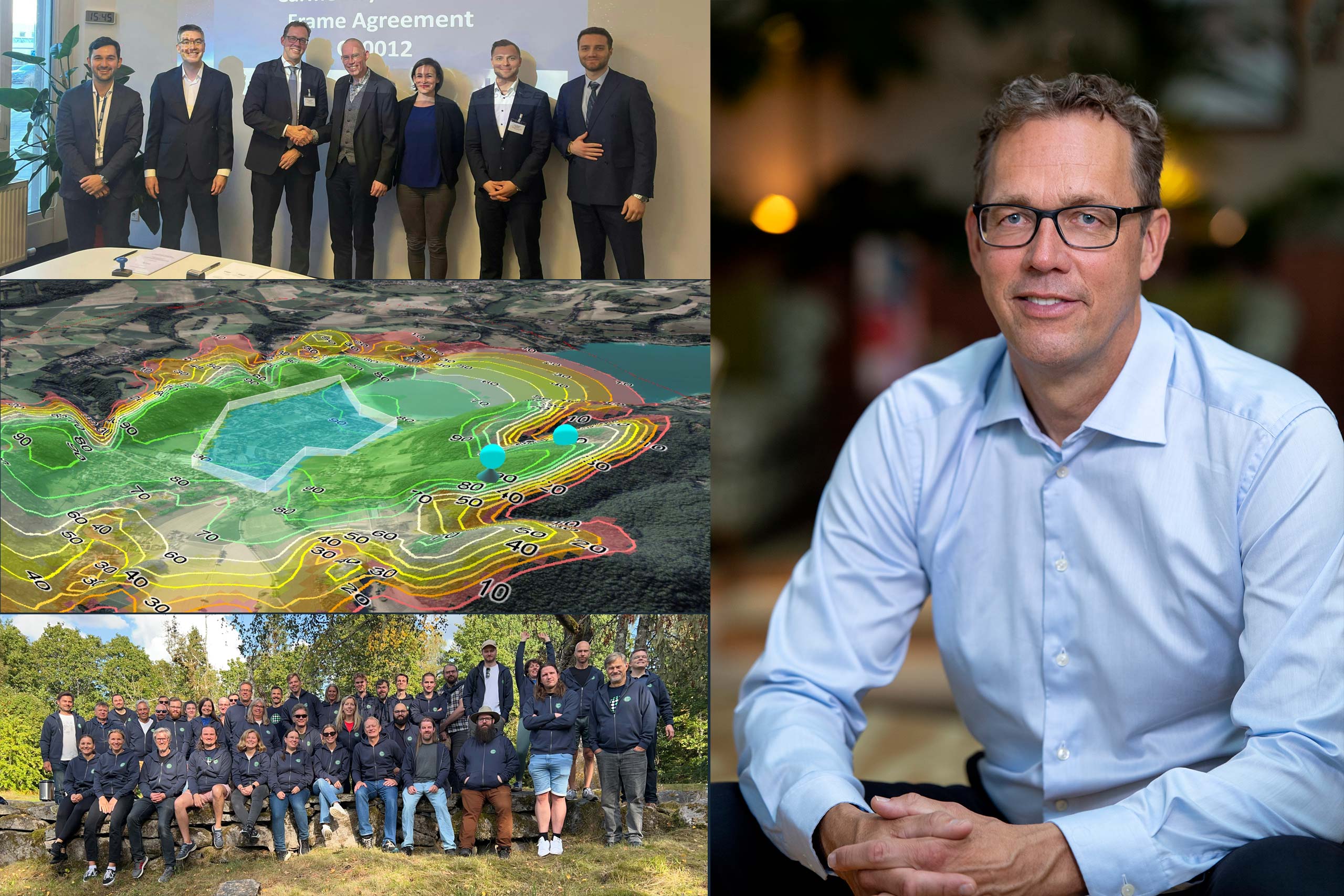
A Word from the CEO: Geospatial Trends in 2026
Heading into 2026, what are the dynamics that are driving the need for advanced geospatial technology in the defense and public safety industries?
Read moreCarmenta is thrilled to announce the extension of its long-standing collaboration with the University of the Bundeswehr Munich. The renewed ten-year agreement provides continued integration of the Carmenta Engine into advanced simulation environments focused on enabling future Manned-Unmanned Teaming (MUM-T) Fast-Jet, Transport and Attack-Helicopter missions.

The HuMiCS (Humans, Military Missionand Cognitive Systems) laboratory within the Military Aviation Research Center (MARC) at the University of the Bundeswehr Munich, Germany is focused on enabling future Manned-Unmanned Teaming (MUM-T) Fast-Jet, Transport and Attack-Helicopter missions. Led by Univ.-Prof. Dr.-Ing. Axel Schulte, Chair of Aircraft Dynamics and Flight Guidance, the facility boasts three high-fidelity advanced simulation environments for Human-in-the-Loop experiments. These environments pave the way for new mission management, pilot assistant, and cognitive automation technologies.
The integration of Carmenta Engine into these advanced simulation environments provides pilots with optimized interactive tactical map displays, enabling mission-critical holistic situational awareness. The heightened geospatial understanding ensures effective management of complex multi-asset tasks, facilitating continued success. Carmenta Engine is presented on board across three touchscreen displays, contributing to the flexible development and accommodation of new and innovative in-flight interaction concepts. The success of future high-altitude Fast-Jet missions heavily relies on combined Air and Land enemy intelligence, whilst lower tactical flights require access to terrain and visibility analysis. Carmenta’s wide-ranging suite of geospatial extensions ensures all these functionalities are at the pilot’s fingertips.
The transport helicopter simulator takes Carmenta Engine’s advanced geospatial capabilities one step further, by combining the Carmenta 3D extension and the HuMiCS digital terrain modeling. This powerful technological mix offers helicopter pilots a comprehensive 3D terrain view as a primary flight display. The institute’s newest simulation environment features a solo-piloted attack helicopter cockpit research opportunity, and Carmenta’s new Aircraft Routing Extension will be used to provide intelligence data-oriented improved future flight-planning.
The University of the Bundeswehr highlighted that Carmenta Engine was originally selected due to its integration and development flexibilities:
“Coupled with its support for several standards, programming languages and file formats, it is the only future-proofed GIS solution for our needs. The HuMiCSs team is impressed with Carmenta’s commitment to continually develop and release new geospatial capabilities. Carmenta Engine’s regularly updated bolt-on extensions help to reduce development costs and save valuable time by eliminating the need to create inhouse geospatial solutions. The team has also benefited from direct support from Carmenta’s Engineering team, receiving timely and robust solutions to development concerns as they arise in the various projects.”
Read more about University of the Bundeswehr Munich and the Institute of Flight Systems.

Heading into 2026, what are the dynamics that are driving the need for advanced geospatial technology in the defense and public safety industries?
Read more
Earlier this year, Carmenta participated in a Vinnova Innovair funded project together with Spacemetric and PandionAI. The initiative aimed to create a solution capable of processing and visualizing real-time AI-enhanced drone data.
Read more
We are pleased to announce the signing of a MoU (Memorandum of Understanding) with Xynetic GmbH, further strengthening our initiative in the field of autonomous systems.
Read more